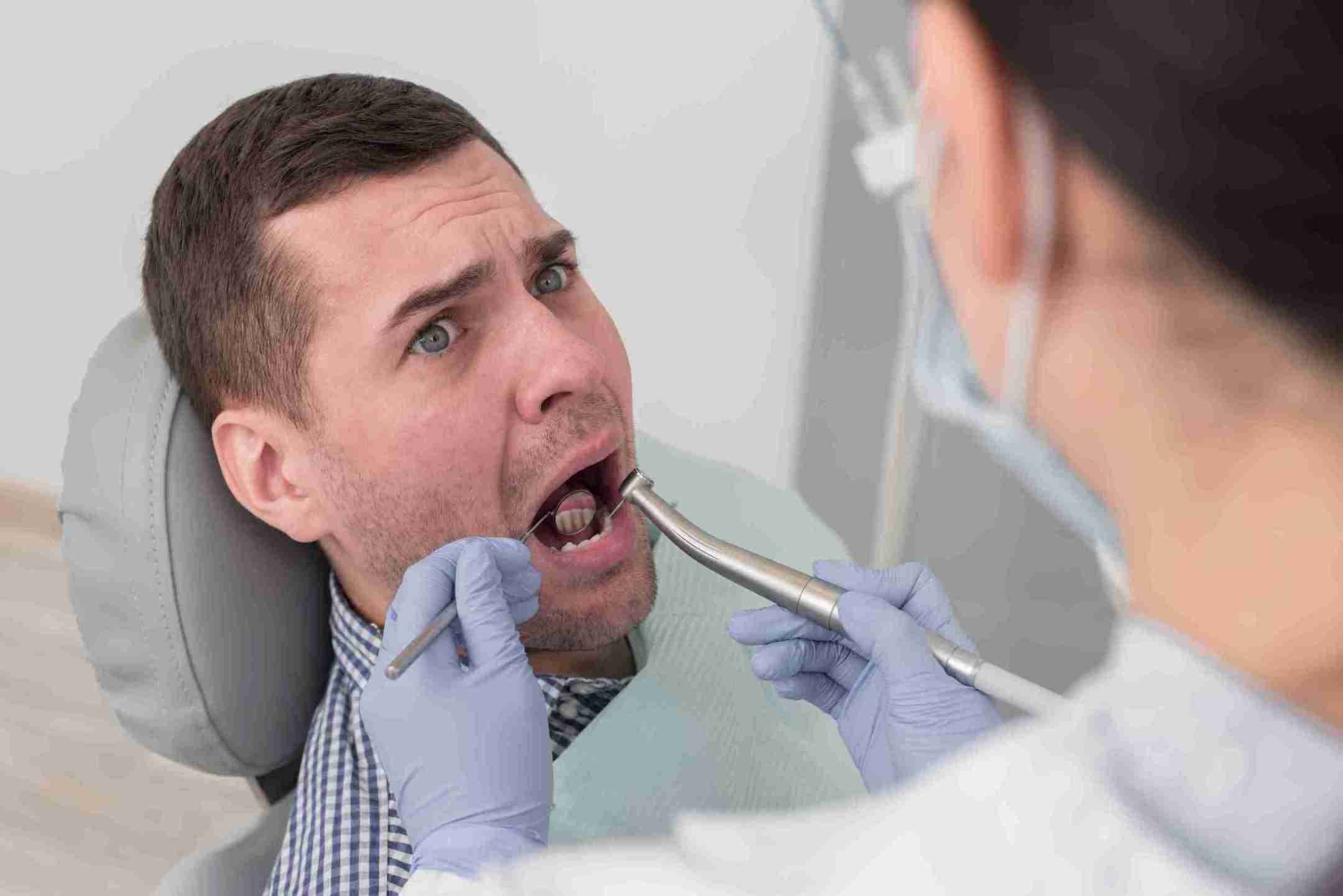Tooth Extraction: What to Expect Before, During, and After the Procedure

Tooth extraction is a common dental procedure that involves removing a tooth from its socket in the jawbone. Whether due to severe decay, gum disease, overcrowding, or trauma, extractions are sometimes necessary to maintain oral health. If you're scheduled for a tooth extraction, understanding the process can help alleviate anxiety and prepare you for a smooth recovery. This guide will walk you through what to expect before, during, and after the procedure.
Before the Tooth Extraction
Before your tooth extraction, your dentist will assess your dental and medical history to ensure the procedure is safe for you. Here’s what you should expect:
1. Consultation and Examination
Your dentist will perform an initial examination, which may include:
- X-rays: These help assess the tooth’s position, root structure, and surrounding bone condition.
- Medical History Review: Inform your dentist about any existing medical conditions, allergies, or medications you take.
- Treatment Plan: Your dentist will discuss the reason for extraction, the type of procedure required, and aftercare instructions.
2. Pre-Extraction Instructions
To ensure a smooth procedure, your dentist may provide specific instructions, such as:
- Fasting: If undergoing a surgical extraction with sedation, you might need to avoid eating for a few hours before the appointment.
- Medication Adjustments: If you take blood thinners, your dentist may advise stopping or adjusting the dosage to prevent excessive bleeding.
- Oral Hygiene: Keeping your mouth clean before the procedure reduces the risk of infection.
During the Tooth Extraction
The extraction process varies depending on whether it is a simple extraction or a surgical extraction.
1. Local Anesthesia
Before the procedure, your dentist will numb the area using a local anesthetic to ensure you do not feel pain. If necessary, sedation options like nitrous oxide or IV sedation may be provided to help you relax.
2. The Extraction Process
- Simple Extraction: If the tooth is visible and intact, the dentist will use forceps to loosen and remove it gently.
- Surgical Extraction: If the tooth is impacted (such as a wisdom tooth) or broken below the gum line, an incision may be made to remove it. In some cases, the tooth may be divided into smaller sections for easier removal.
3. Controlling Bleeding
Once the tooth is extracted, your dentist will place a gauze pad over the site to help stop bleeding. You may be asked to bite down gently to promote clot formation.
After the Tooth Extraction
Proper aftercare is crucial for a smooth and speedy recovery. Here’s what you should do:
1. Managing Pain and Swelling
- Pain Relief: Your dentist may prescribe pain relievers or recommend over-the-counter medications such as ibuprofen.
- Ice Packs: Apply ice packs to the outside of your cheek for 10–15 minutes at a time to reduce swelling.
- Rest: Avoid strenuous activities for at least 24 hours.
2. Bleeding and Blood Clot Formation
- Gauze Management: Keep the gauze in place for about 30–45 minutes and replace it if necessary.
- Avoid Disturbing the Clot: Do not rinse, spit forcefully, or use a straw for at least 24 hours to prevent dislodging the blood clot, which can lead to dry socket (a painful condition where the clot fails to form properly).
3. Eating and Drinking After Extraction
- Soft Foods: Stick to soft foods like yogurt, mashed potatoes, and soup for the first few days.
- Hydration: Drink plenty of water but avoid hot, alcoholic, or carbonated beverages.
- Avoid Crunchy and Hard Foods: Stay away from nuts, chips, and hard candies to prevent irritation.
4. Oral Hygiene and Cleaning
- Gentle Brushing: Brush your teeth carefully, avoiding the extraction site for the first 24 hours.
- Saltwater Rinses: After 24 hours, gently rinse your mouth with warm salt water to keep the area clean and reduce swelling.
- No Smoking: Smoking can slow healing and increase the risk of complications like dry socket.
5. Healing Timeline
- First 24 Hours: Initial healing begins with blood clot formation.
- First Week: Swelling and discomfort gradually decrease.
- Two Weeks: The gum tissue starts to heal.
- Full Recovery: Bone and tissue healing may take several months, depending on the complexity of the extraction.
When to Call Your Dentist
While most extractions heal without issues, you should contact your dentist if you experience:
- Severe pain that doesn’t improve after a few days
- Excessive bleeding that doesn’t stop
- Signs of infection, such as fever, pus, or foul odor
- Dry socket symptoms, including intense pain and exposed bone
- Persistent swelling or difficulty opening your mouth
Conclusion
Tooth extraction is a routine procedure, but knowing what to expect before, during, and after can make the experience more comfortable. Proper preparation, following aftercare instructions, and recognizing signs of complications will ensure a smooth recovery. If you have concerns about your upcoming tooth extraction, consult your dentist for personalized guidance. With the right care, you’ll be back to normal in no time!
